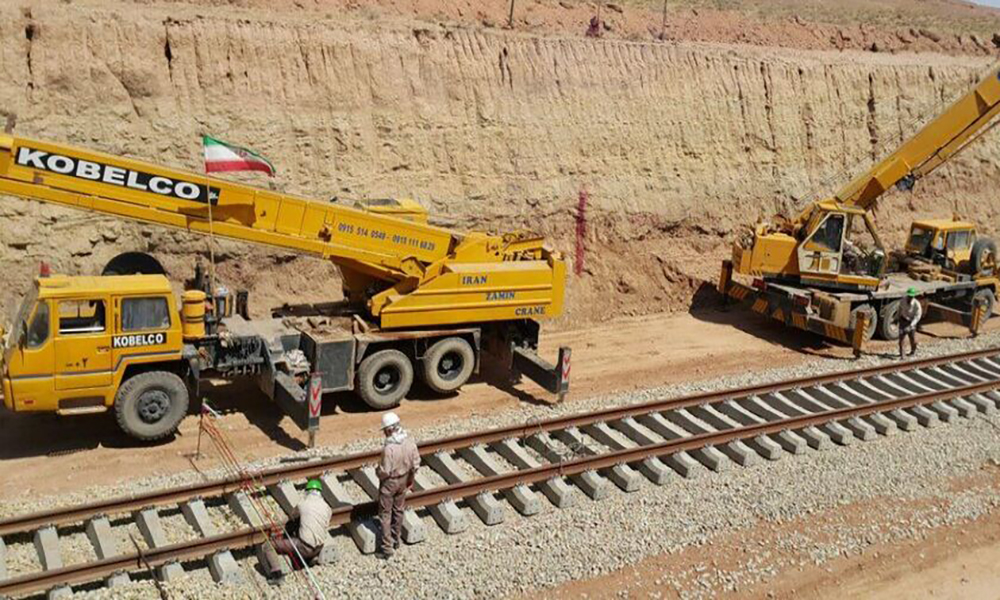The Taliban Ministry of Public Works has announced the acceleration of multiple railway projects across Afghanistan, aimed at strengthening the country’s transportation infrastructure and building towards becoming a key transit corridor in Central and South Asia.
According to ministry spokesperson Mohammad Ashraf Haqshenas, survey work is currently underway for critical railway lines, including the Herat–Kandahar route and rail extensions in Balkh, Paktia, and Torghundi.
These efforts are part of a broader plan to interconnect Afghanistan’s major border crossings with a unified rail system that will significantly facilitate trade, mobility, and economic growth.
Afghanistan’s private sector has voiced strong support for the rail expansion initiative, emphasizing its potential to increase exports, boost national revenues, and attract foreign investment.
Business leaders believe the completion of these projects will mark a turning point in the country’s ability to participate in regional supply chains and improve internal logistics.
Construction is already underway on the third phase of the Khaf–Herat railway line in the west of the country. This key corridor, which links Afghanistan with neighboring Iran, is expected to facilitate both freight and passenger transport.
Iranian media have reported that a passenger rail service connecting Herat to Mashhad may become operational soon, a development that would mark a milestone in cross-border connectivity.
Simultaneously, preparations have begun for the launch of the Trans-Afghan railway corridor, a strategic project that aims to connect Uzbekistan to Pakistan via Afghanistan.
Once completed, this route will play a vital role in boosting regional trade, shortening cargo transit times, and offering landlocked Central Asian countries access to seaports.
These developments are part of Afghanistan’s broader effort to reposition itself as a regional trade and transit hub, linking Central Asia, South Asia, the Middle East, and beyond. The current government has prioritized infrastructure revival, focusing on key corridors such as the Lapis Lazuli Route, the Chabahar Corridor, and the Trans-Afghan Railway.
Despite ongoing economic challenges, Afghan officials remain committed to transforming the country into a bridge between continents, tapping into its geographic advantage and untapped transit potential. The expansion of the rail network is central to this vision, offering new hope for economic self-reliance and regional integration.




